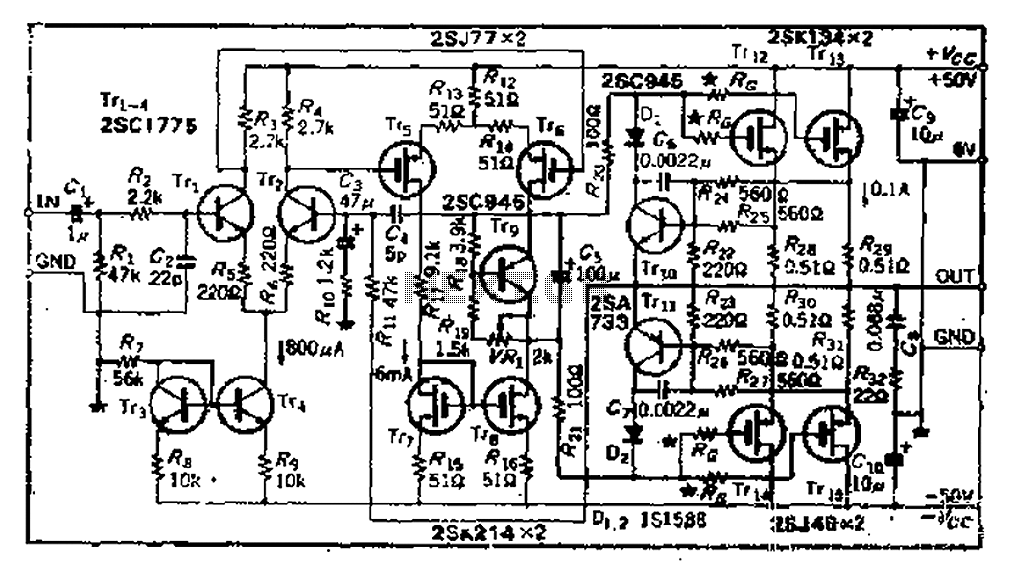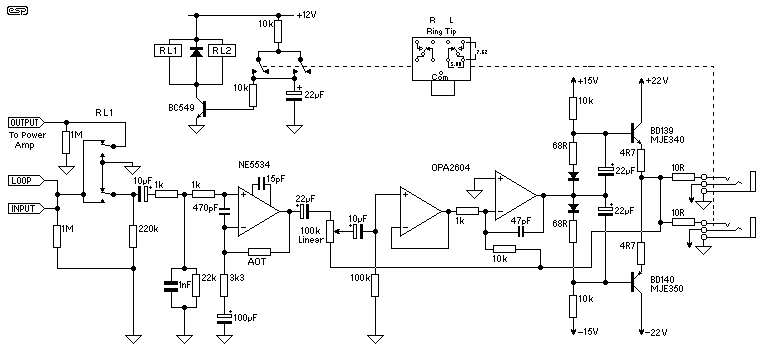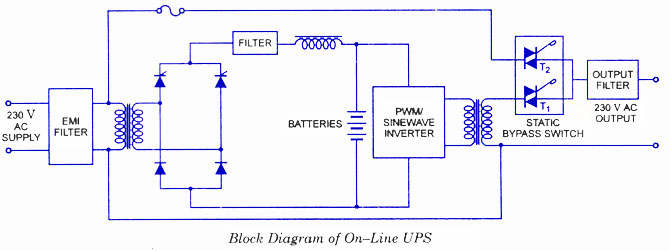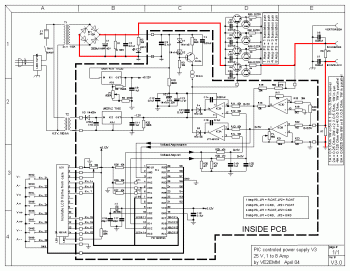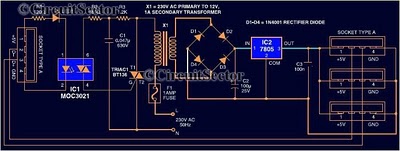
300W Subwoofer Power Amplifier
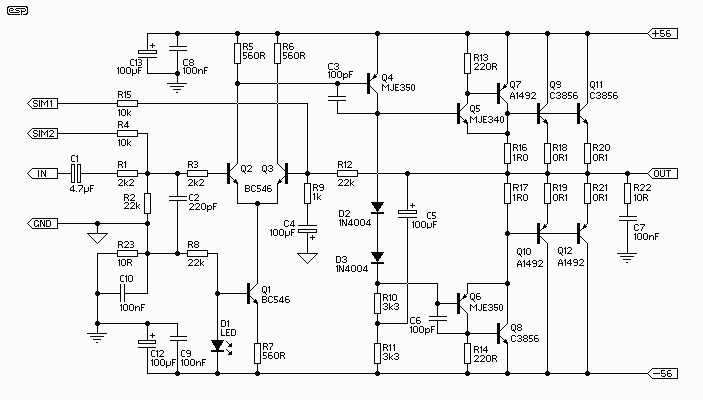
300W Subwoofer Power Amplifier. High power amplifiers are not common as projects, as they are inherently challenging to build and often expensive. A minor error during assembly can lead to significant issues.
The 300W subwoofer power amplifier is designed to deliver high-quality audio performance, particularly in low-frequency applications such as subwoofers. The amplifier typically utilizes a Class D topology, known for its efficiency and ability to handle high power levels without excessive heat generation.
Key components of the amplifier include:
1. **Power Supply**: A robust power supply is essential, often featuring a toroidal transformer or switch-mode power supply (SMPS) to provide the necessary voltage and current levels. The power supply should be designed to handle the peak current demands of the amplifier, ensuring stable operation under load.
2. **Output Stage**: The output stage generally employs MOSFETs or IGBTs, which are capable of switching at high speeds and can efficiently drive the subwoofer. The output stage should be protected with appropriate heat sinks to dissipate heat generated during operation.
3. **Feedback and Control Circuitry**: To maintain audio fidelity, feedback loops are employed to minimize distortion and improve linearity. This circuitry may include operational amplifiers and passive components to fine-tune the amplifier's response.
4. **Input Stage**: The input stage typically consists of an operational amplifier configured to provide gain and impedance matching. This stage is crucial for processing the audio signal before amplification.
5. **Protection Circuitry**: High power amplifiers require protection mechanisms to prevent damage from overcurrent, overheating, or short circuits. This can involve fuses, circuit breakers, and thermal sensors that disconnect the output under fault conditions.
6. **PCB Layout**: The printed circuit board (PCB) layout is critical in high-power applications. It should minimize inductance and resistance in power and ground paths, ensuring stable operation and reducing noise. Proper grounding techniques and the use of decoupling capacitors are essential to maintain signal integrity.
Overall, while building a 300W subwoofer power amplifier presents challenges due to the complexity and cost, careful design and component selection can yield a powerful and efficient audio amplifier suitable for high-performance sound systems.300W Subwoofer Power Amplifier. High power amps are not too common as projects, since they are by their nature normally difficult to build, and are expensive. A small error during assembly. 🔗 External reference
The 300W subwoofer power amplifier is designed to deliver high-quality audio performance, particularly in low-frequency applications such as subwoofers. The amplifier typically utilizes a Class D topology, known for its efficiency and ability to handle high power levels without excessive heat generation.
Key components of the amplifier include:
1. **Power Supply**: A robust power supply is essential, often featuring a toroidal transformer or switch-mode power supply (SMPS) to provide the necessary voltage and current levels. The power supply should be designed to handle the peak current demands of the amplifier, ensuring stable operation under load.
2. **Output Stage**: The output stage generally employs MOSFETs or IGBTs, which are capable of switching at high speeds and can efficiently drive the subwoofer. The output stage should be protected with appropriate heat sinks to dissipate heat generated during operation.
3. **Feedback and Control Circuitry**: To maintain audio fidelity, feedback loops are employed to minimize distortion and improve linearity. This circuitry may include operational amplifiers and passive components to fine-tune the amplifier's response.
4. **Input Stage**: The input stage typically consists of an operational amplifier configured to provide gain and impedance matching. This stage is crucial for processing the audio signal before amplification.
5. **Protection Circuitry**: High power amplifiers require protection mechanisms to prevent damage from overcurrent, overheating, or short circuits. This can involve fuses, circuit breakers, and thermal sensors that disconnect the output under fault conditions.
6. **PCB Layout**: The printed circuit board (PCB) layout is critical in high-power applications. It should minimize inductance and resistance in power and ground paths, ensuring stable operation and reducing noise. Proper grounding techniques and the use of decoupling capacitors are essential to maintain signal integrity.
Overall, while building a 300W subwoofer power amplifier presents challenges due to the complexity and cost, careful design and component selection can yield a powerful and efficient audio amplifier suitable for high-performance sound systems.300W Subwoofer Power Amplifier. High power amps are not too common as projects, since they are by their nature normally difficult to build, and are expensive. A small error during assembly. 🔗 External reference

